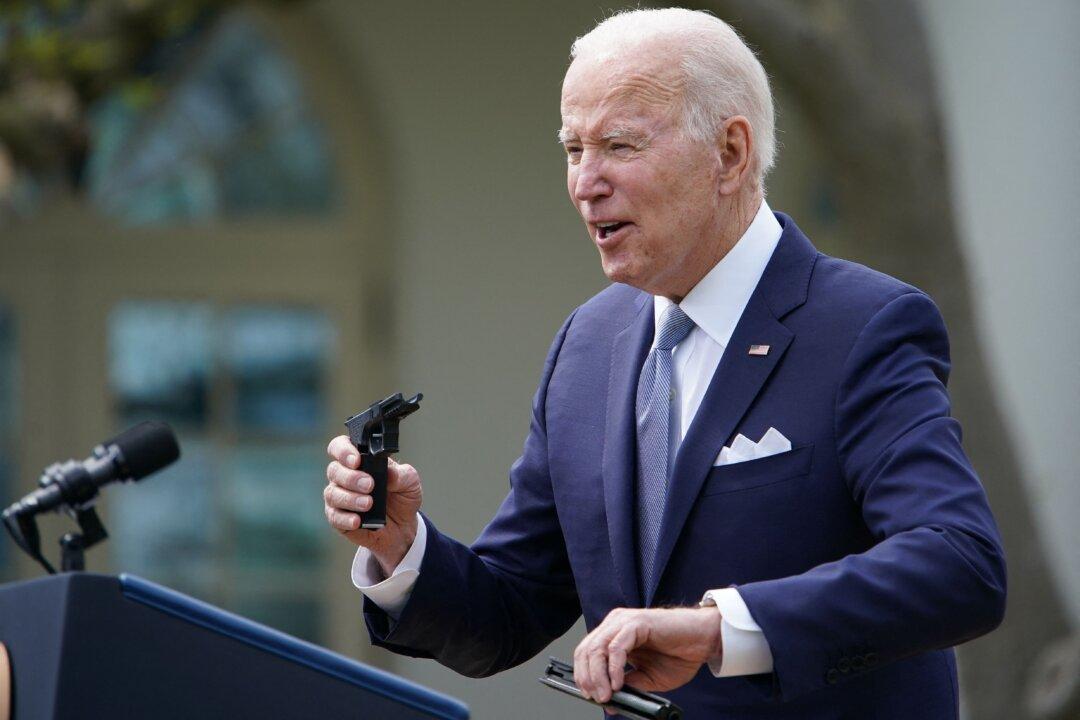Restrictions imposed by President Joe Biden’s administration on so-called ghost guns are illegal, a federal appeals court ruled on Nov. 9.
The U.S. Bureau of Alcohol, Tobacco, Firearms, and Explosives (ATF), an Executive Branch agency that promulgated the rule containing the restrictions in 2022 with President Biden’s support, overstepped its authority, according to a panel of the U.S. Court of Appeals for the 5th Circuit.





